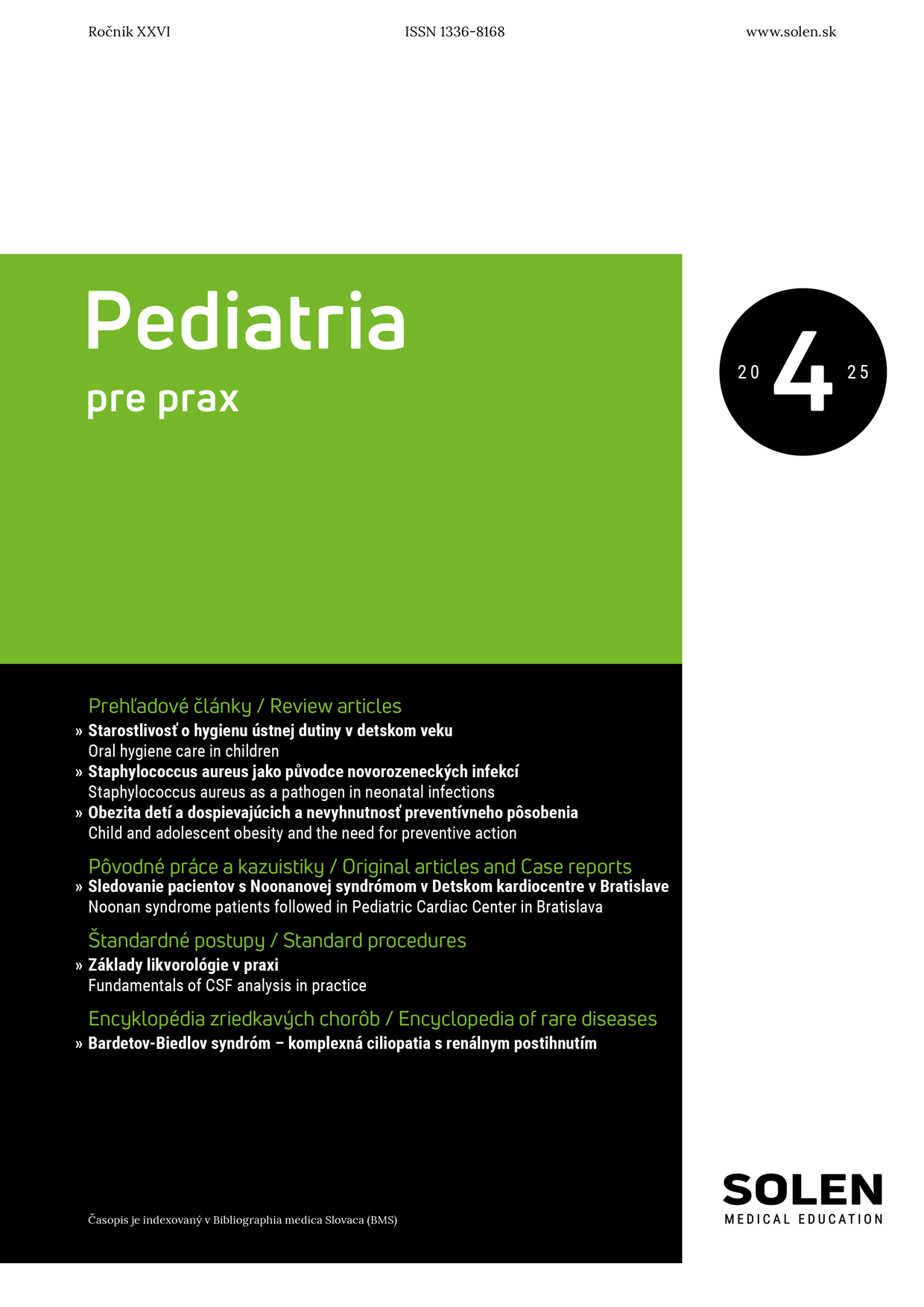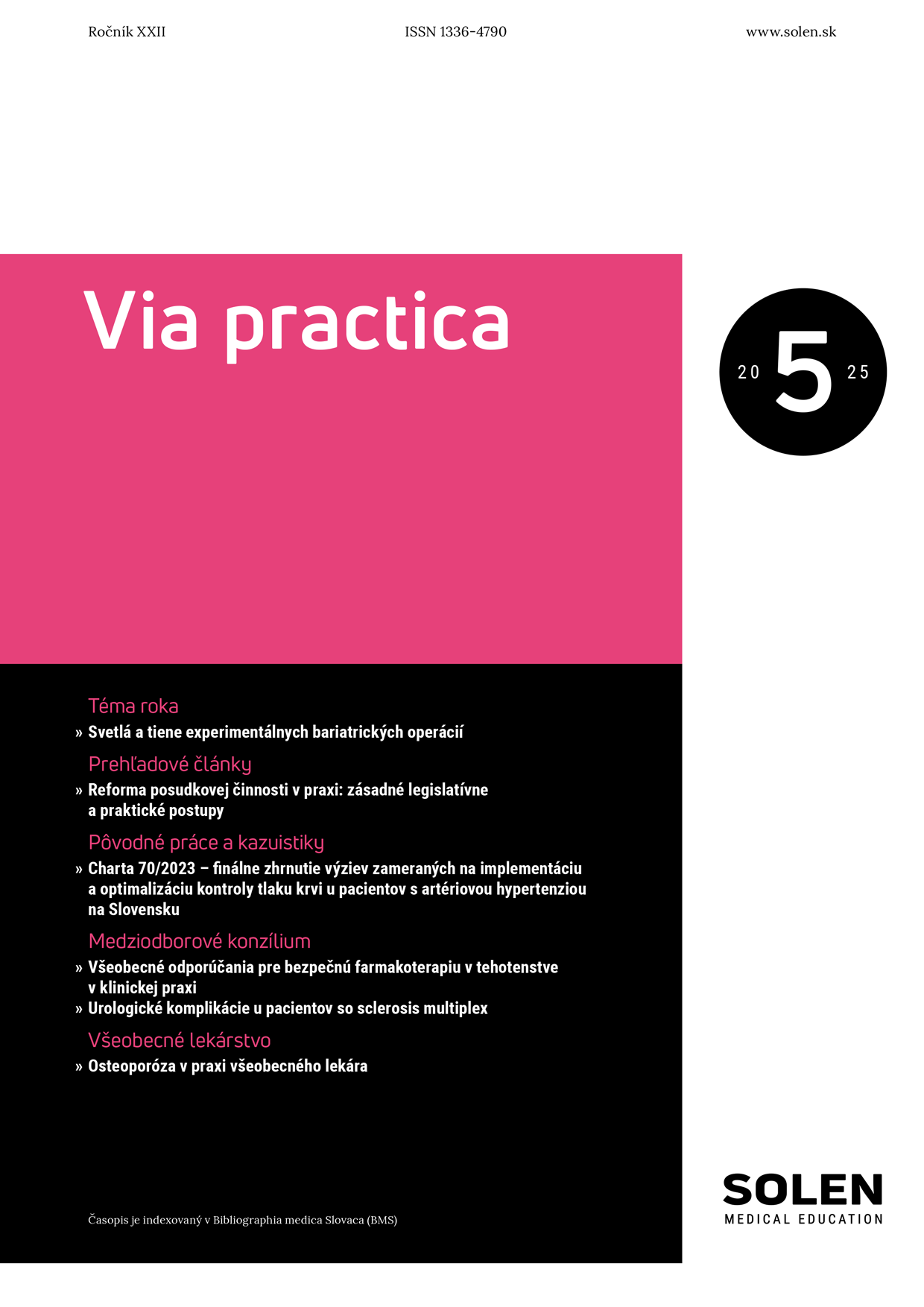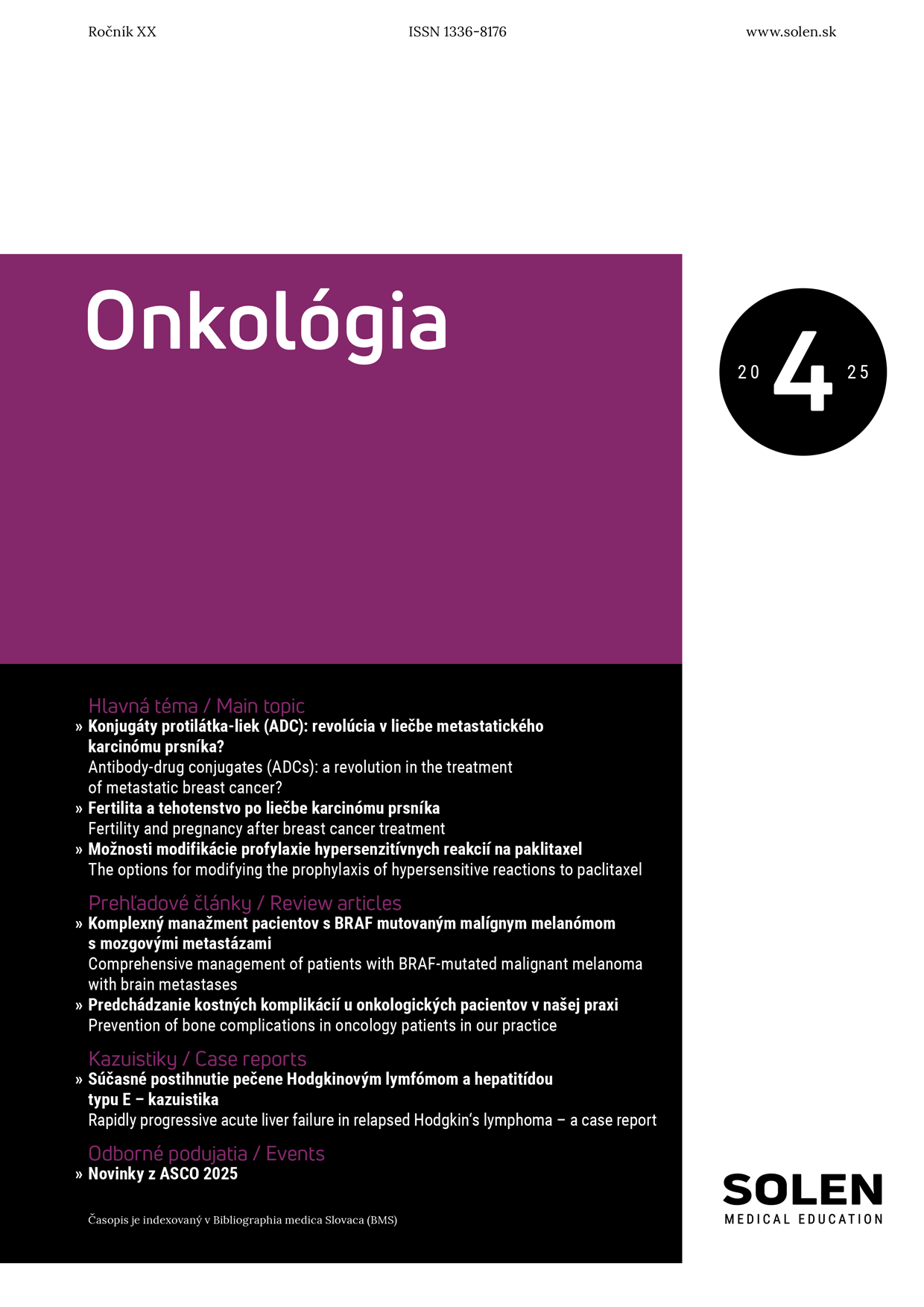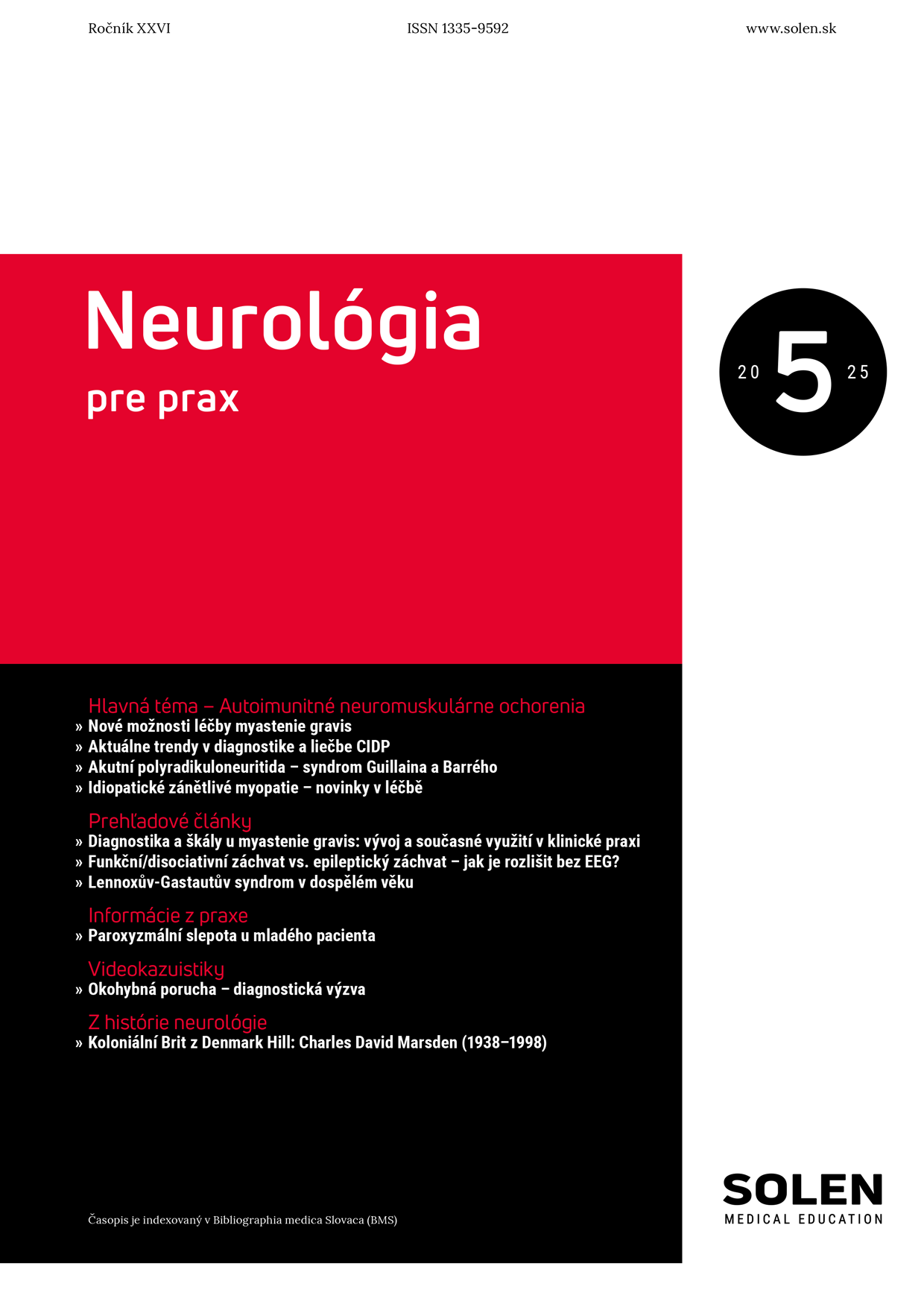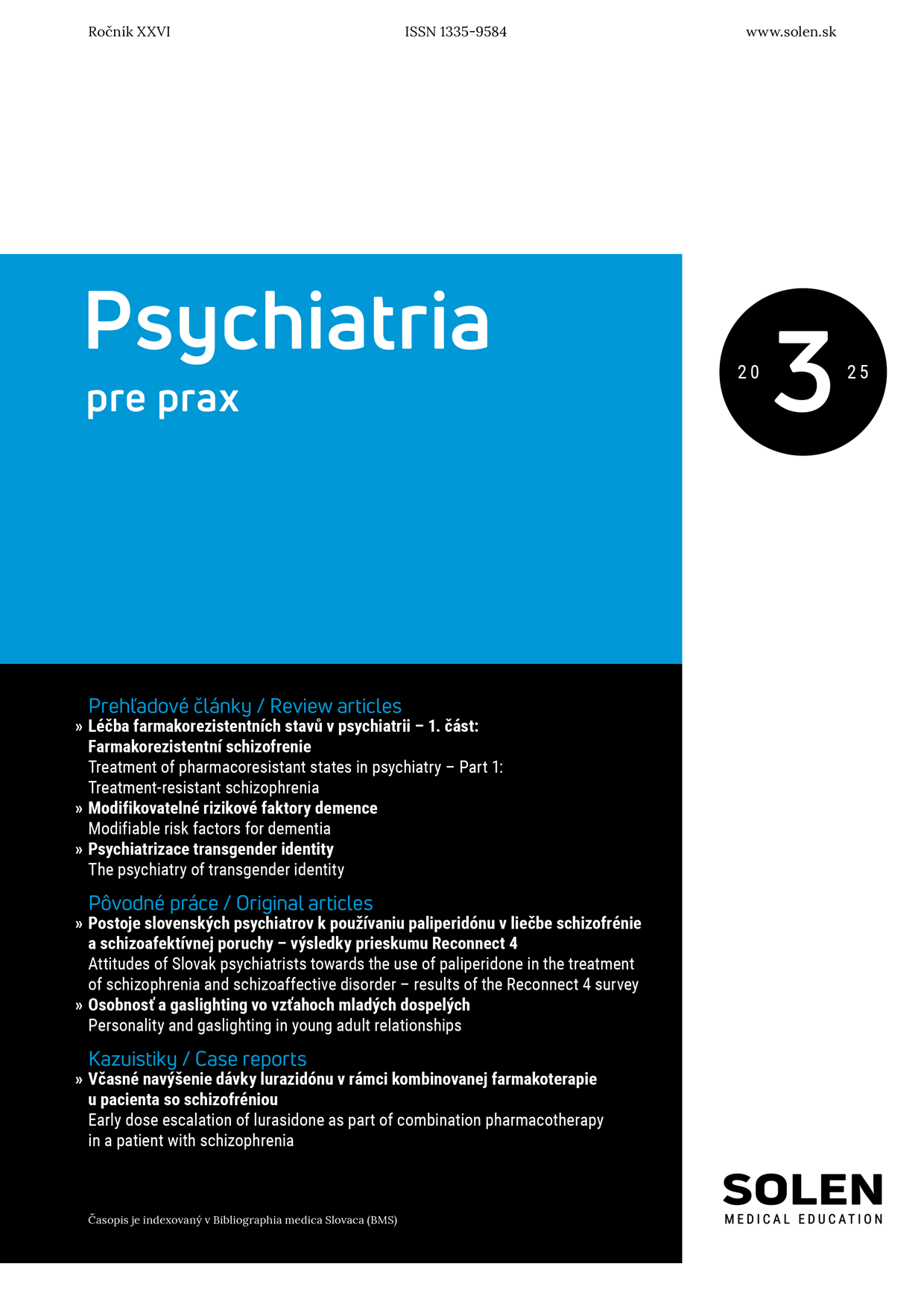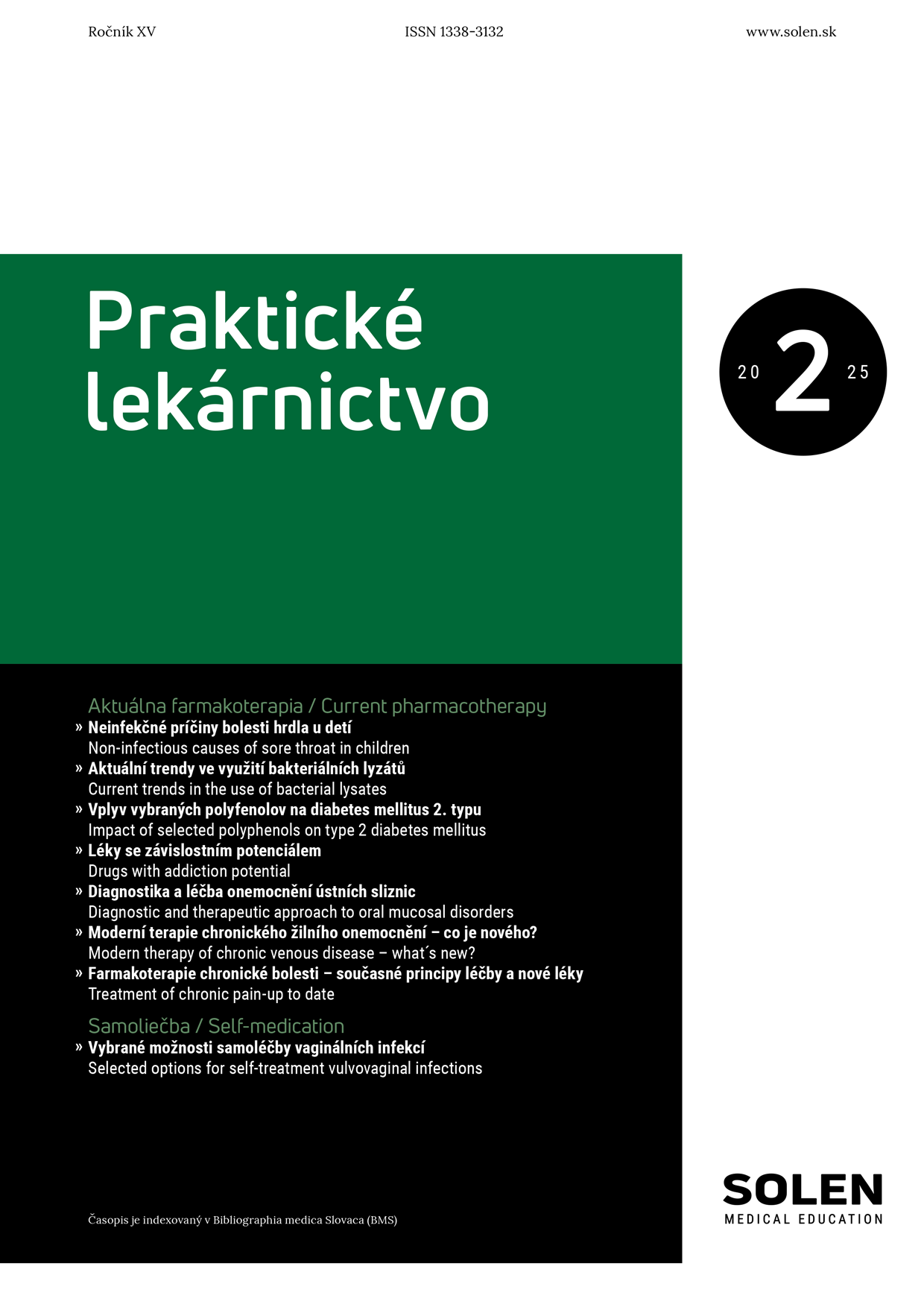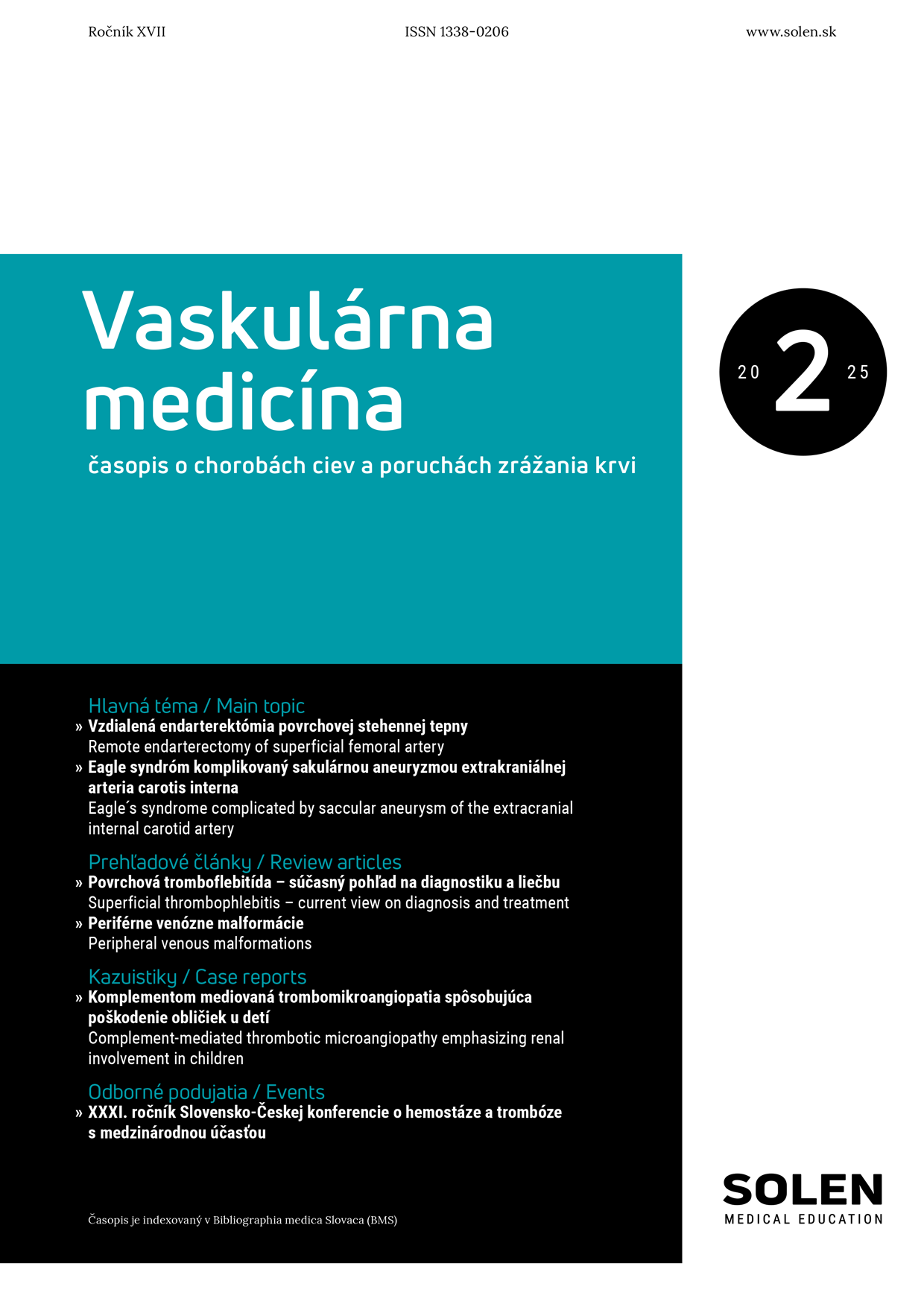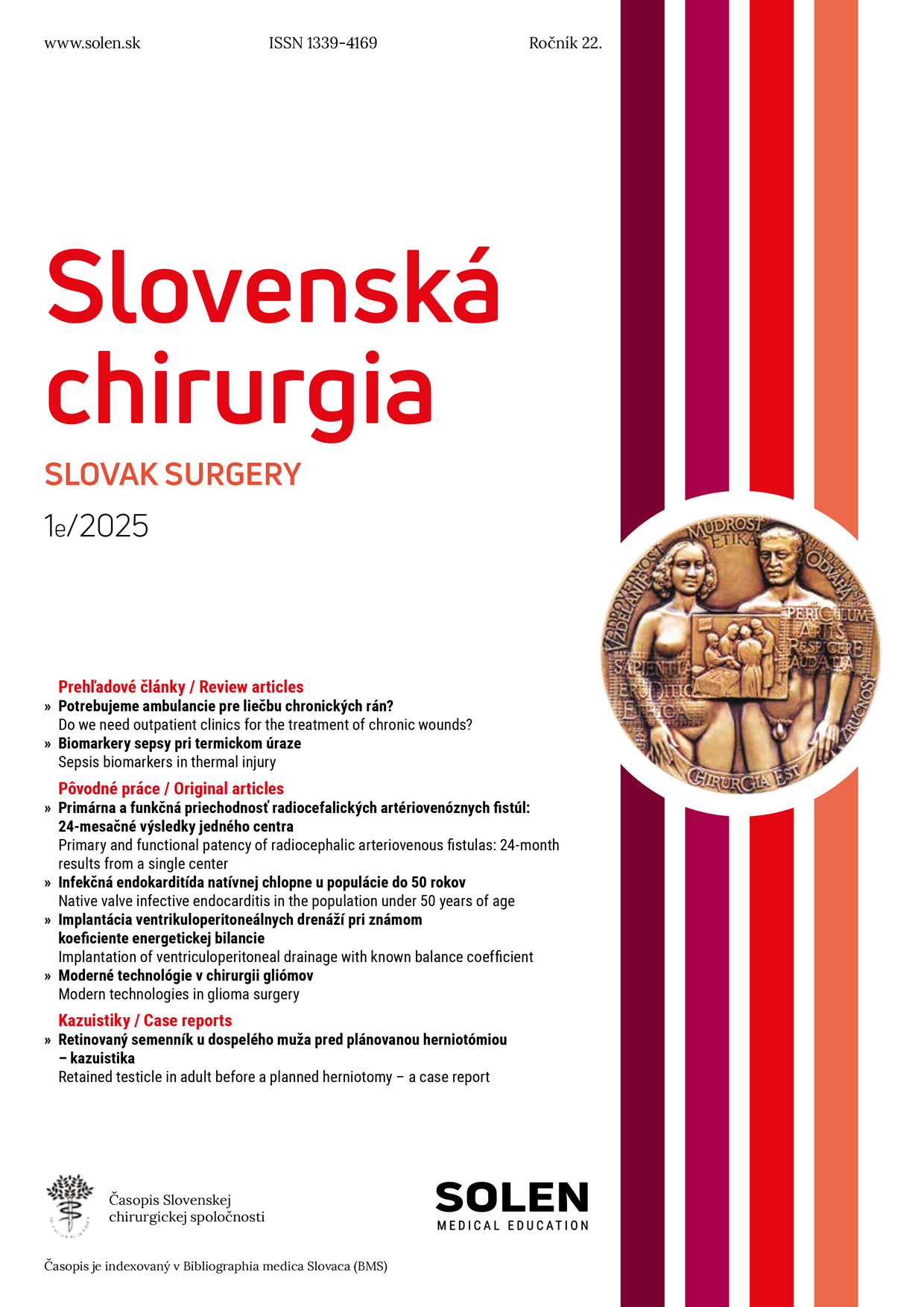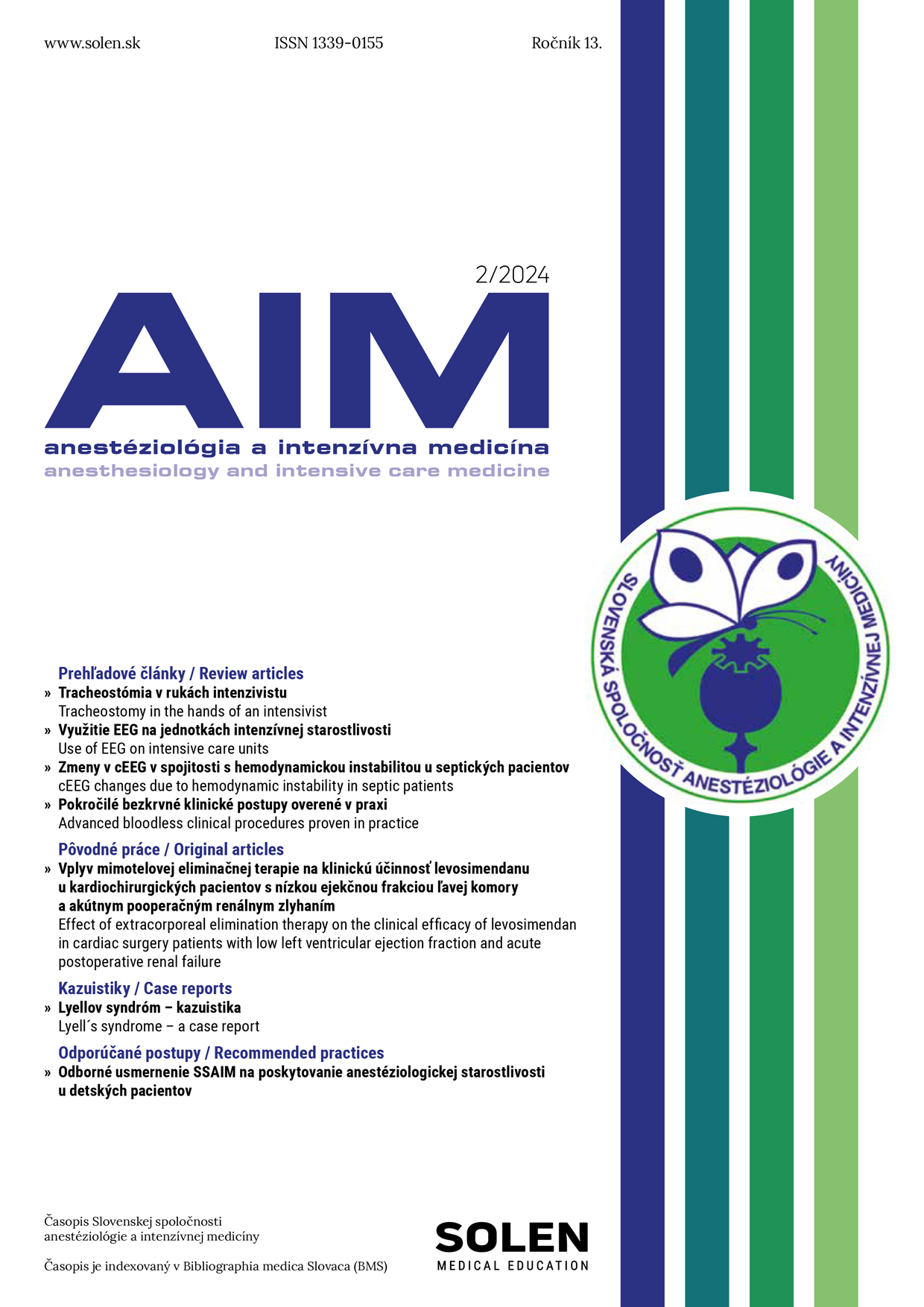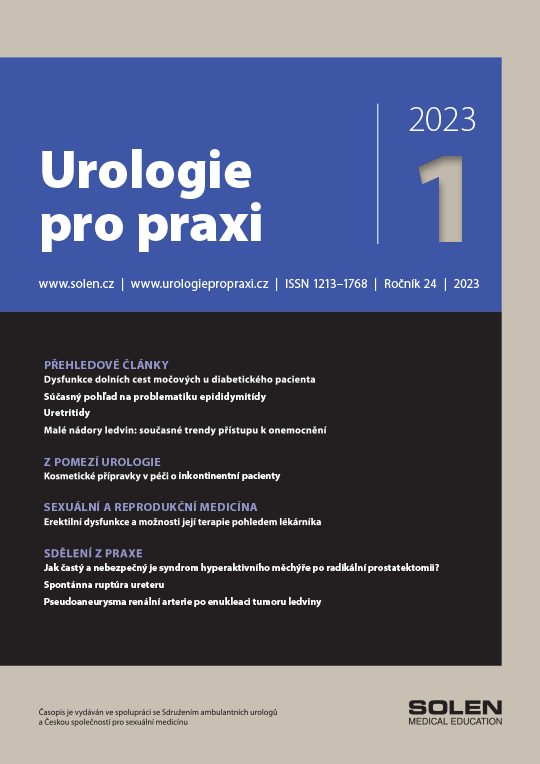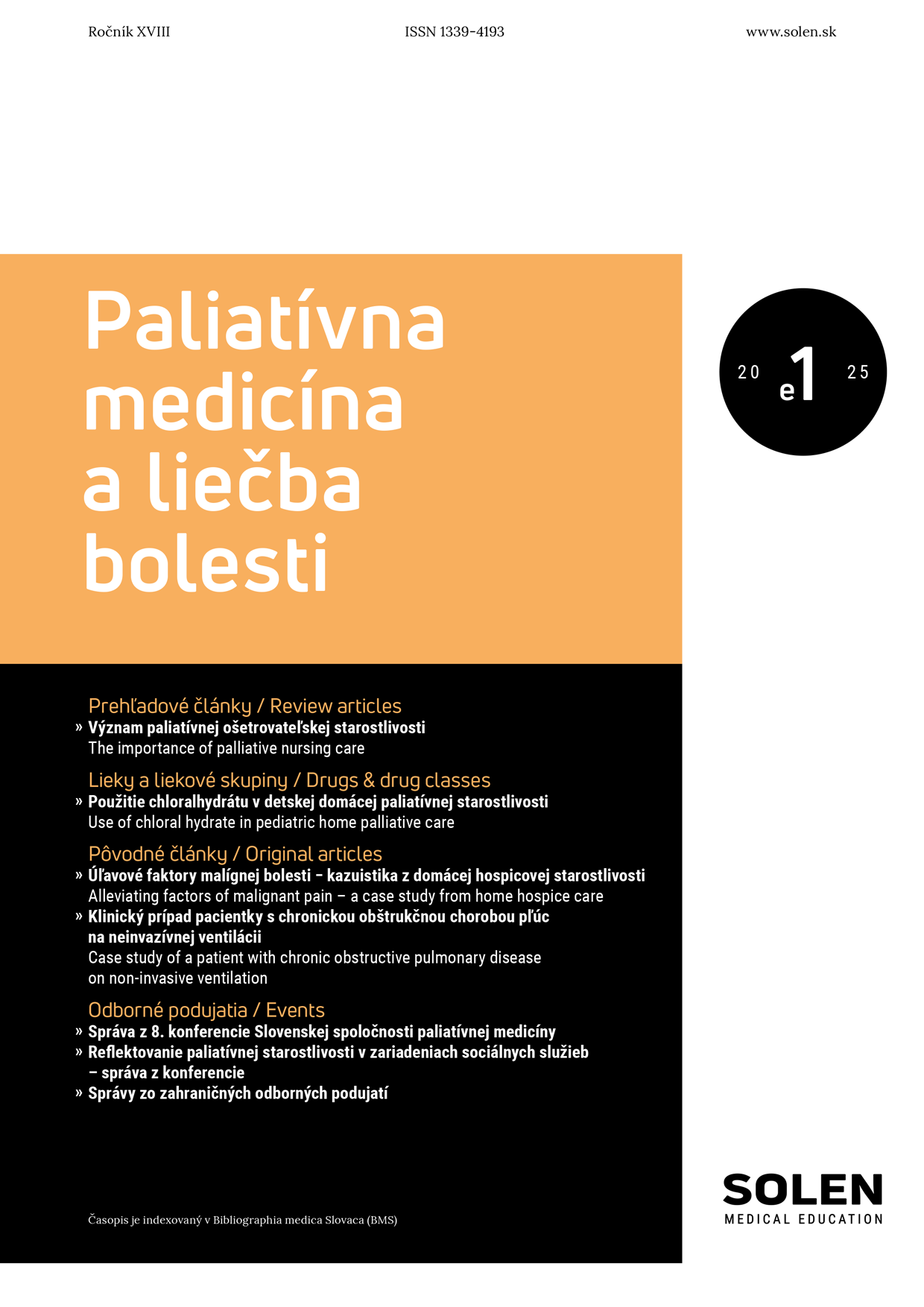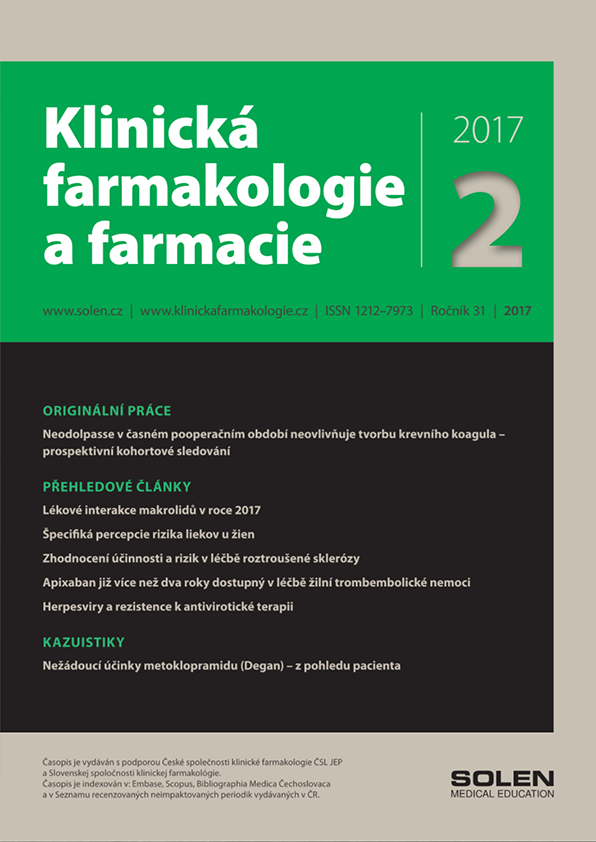Slovenská chirurgia 3-4e/2024
Spondylolisthesis – comparison of the effect of reduction and operative approach on postoperative outcome
Introduction: Spondylolisthesis is one of the most common spinal disorders. While the diagnosis of spondylolisthesis has changed little in recent years, significant progress has been made in its treatment. Treatment begins with noninvasive methods, but surgery is indicated after the failure of conservative therapy. The optimal surgical approach remains controversial. Scientific studies do not provide a clear consensus on the type of surgical approach or on whether spondylolisthesis reduction is a better method compared to in situ fusion in terms of clinical outcomes, spinopelvic parameters, and postoperative quality of life. Material and methods: Our retrospective study examines and compares radiological and clinical parameters preoperatively, 3, 6, and 12 months postoperatively, focusing on the surgical approach and spondylolisthesis reduction rate in patients who underwent lumbar interbody fusion between 2017 and 2022 at the Department of Neurosurgery. Each patient underwent Oswestry Disability Index (ODI) and X-ray examination during the followup period. The total number of patients was 183, divided into three main groups: patients who underwent one- and two-segment surgery via the transforaminal approach with a reduction of spondylolisthesis by more than 50% (reduced spondylolisthesis); the second group consisted of patients who underwent one- and two-segment surgery via the transforaminal approach with a reduction of less than 50% (undistributed spondylolisthesis); and the third group consisted of patients who underwent one- and two-segment fusion surgery ALIF or LLIF with a reduction of spondylolisthesis by more than 50%. We compared the effect of reduction and surgical approach on the resulting changes in sagittal balance, focusing mainly on lumbar lordosis. We also examined in detail the postoperative changes in quality of life expressed by the Oswestry Disability Index. Results: The results of our study show that when comparing patients who underwent surgery using the TLIF surgical technique, the average improvement in lumbar lordosis in the group with a reduction of spondylolisthesis by more than 50% was 2.2°. Conversely, the deterioration of lumbar lordosis by an average of -3.3° was in the group of patients who underwent surgery using the TLIF technique with less than 50% reduction of spondylolisthesis. When comparing preoperative and postoperative ODIs, we noted an average decrease of 41% in patients without reduction of spondylolisthesis and 49% in patients with reduction of spondylolisthesis. In the next part of the study, we compared the results in patients who underwent a reduction of spondylolisthesis by more than 50%, based on the surgical approach, in two groups: patients who underwent surgery using the ALIF or LLIF surgical technique and patients who underwent the TLIF surgical procedure. Regarding lumbar lordosis, we achieved positive correction in both groups, with a more significant improvement in the ALIF/LLIF group (4°) compared to the TLIF group (2.2°). The postoperative reduction in ODI score was comparable between both groups, with a 49% reduction in the TLIF group and a 48% reduction in the ALIF/LLIF group. When dividing patients according to the Marchetti-Bartolozzi classification, we have a higher representation of patients operated on by anterior and lateral approaches in the group of patients with developmental spondylolisthesis. In this type of spondylolisthesis, we achieved the most significant positive correction in the ALIF/LLIF group by 4.75°, followed by reduced spondylolisthesis operated by the TLIF technique by 1.33°. The deterioration of postoperative lumbar lordosis compared to the preoperative value was measured in the group of patients operated on by the TLIF surgical approach without spondylolisthesis reduction by -2.75°. On the contrary, in the group of acquired spondylolisthesis, there was a higher representation of patients operated by posterior transforaminal approaches. Also, in this type of spondylolisthesis, positive corrections were achieved in two groups, ALIF/LLIF by 1.6° TLIF with spondylolisthesis reduction by 3.0° and worsening of postoperative lumbar lordosis in the TLIF group without spondylolisthesis reduction by -4.0°. Conclusion: The results of the retrospective study show that patients who underwent spondylolisthesis reduction of more than 50% experienced a more significant improvement in lumbar lordosis and postoperative quality of life, expressed by ODI, compared with patients with spondylolisthesis reduction of less than 50%. Among patients with more significant spondylolisthesis reduction, greater correction of lumbar lordosis was achieved using ALIF or LLIF techniques than in patients after TLIF surgery. However, postoperative changes in ODI scores between the two groups did not show significant differences.
Keywords: spondylolisthesis, reduction of spondylolisthesis, MIS-TLIF, ALIF, LLIF


